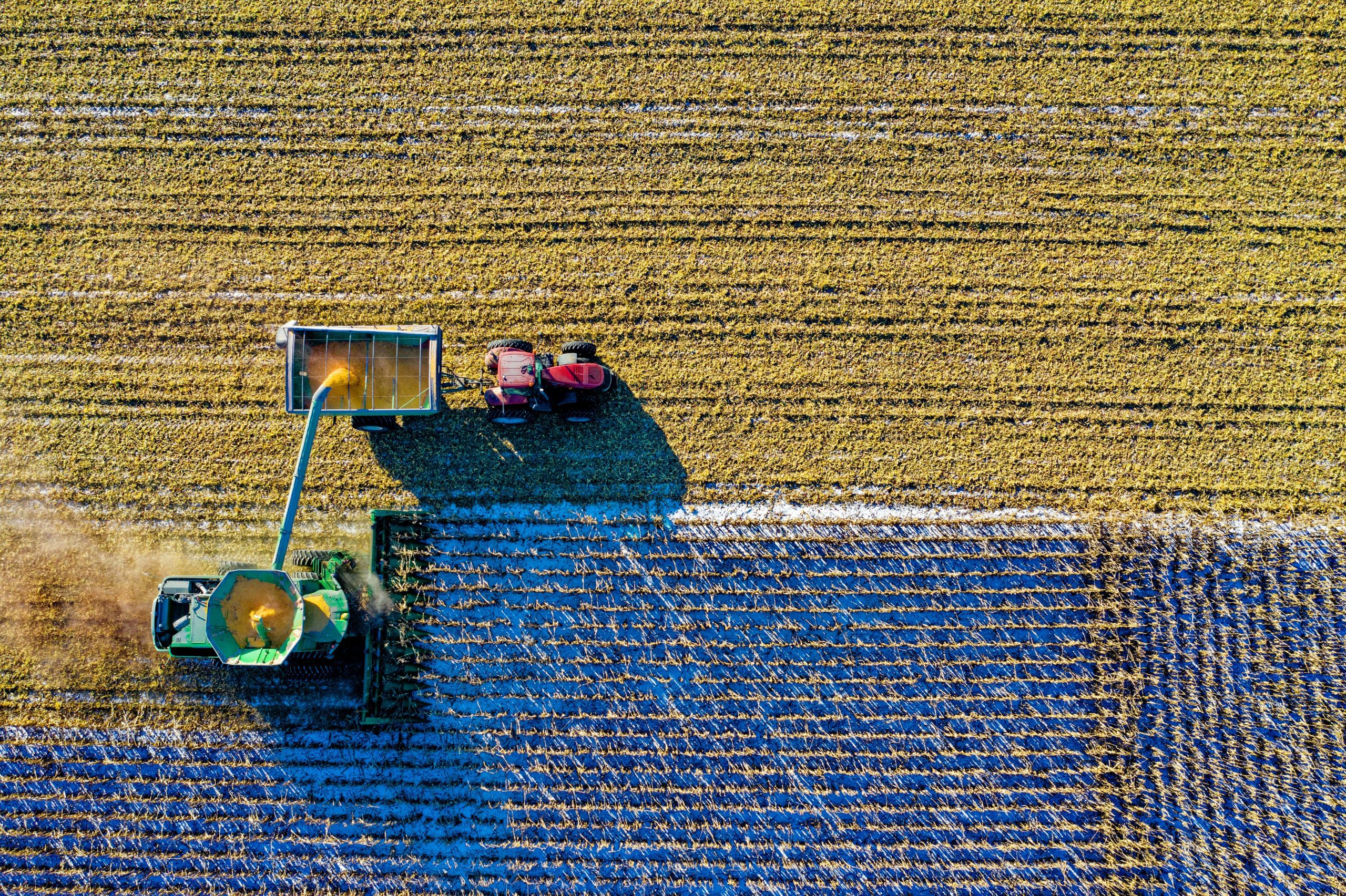FROM PICKING TO PACKING – TAKING CARE OF YOUR CROP
Due to a lack of diligent management, poorly trained staff and a negligent approach to the value of the end product, often valuable income suffers when the crop is delivered. But, at the end of a production season, there is a promise of reward for the hard work and input costs to a crop.
If crops are not handled properly all the hard work put into growing the crop will be in vain. Improper storage and handling of horticultural crops can lead to major loss in product and yields. Understanding the science of handling crops will assist in making sure that storage and handling goes as smoothly as possible. Overall, the post-harvest handling of crops determines the overall quality of the crop regardless of whether the crop is sold fresh or processed.
Post-harvest movement
During postharvest there are many aspects that need to be followed and anticipated before the harvest of the crop. These are cooling, cleaning, sorting and packing, and overall safe handling of the crops. However, before tackling the proper handling of the final product, a grower needs to be aware of overall goals of post-harvest. One of the most important goals of post-harvest is keeping the product cool to help avoid moisture loss as well as, slow down chemical changes and physical damages.
Sanitation
Sanitation and cleanliness is another huge factor in post-harvest quality. Proper sanitation by the pickers on their clothing, gloves and gear reduces the possibility of pathogens that could be carried and destroy fresh produce. In some operations where there is an open field, many of these processes occur out in open meaning that sanitation and cleanliness are even more essential to reduce the risk of contamination like that from unclean rinse water.
After harvesting, the crop should be moved to a new enclosed area or section of the greenhouse for processing. This can be a packing house, cold- room, or separate room from the main growing area. These areas can be as simple as a shed with
protection from elements and running water, to more advanced and modernized facilities with mechanical lines, sorting stations, walk-in cold- rooms, and more. No matter the scale and type of operation, the grower needs to be aware that all initial post-harvest conditions need to be met to maintain quality.
Storage
After moving to the desired location or area separate from the growing area or field, crops should be stored at their optimum temperature ranges and humidity levels. Additionally, some crops cannot be stored with other crops as they will create an adverse environment creating adverse chemical reactions. Luckily there are procedures and equipment that can be used to reduce the degradation of post-harvest storage.
If the producer desires to receive the revenue from his crop he anticipated before even planting, the complete process playing off in the greenhouse and thereafter should be followed through with diligent disciplines, and that ends up from picking the crop to storing it in the cold-room specifica

